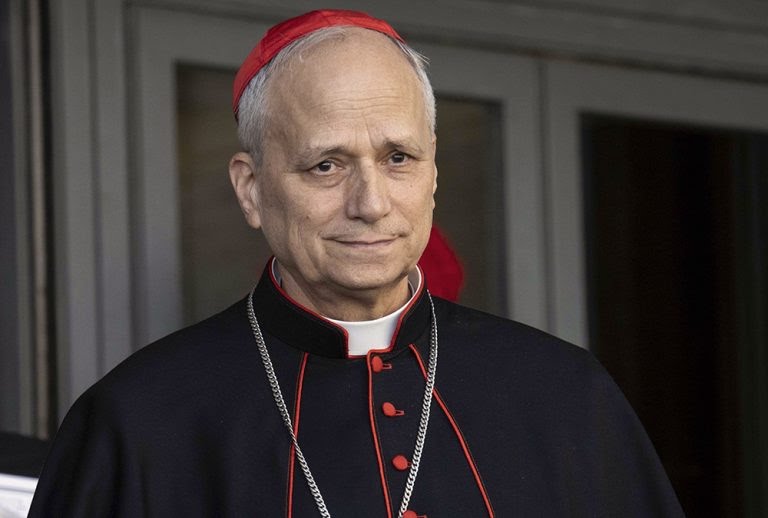In a ceremony rich with tradition and symbolism, Pope Leo XIV was formally inaugurated today as the 266th leader of the Roman Catholic Church, presiding over a congregation of tens of thousands gathered in St Peter’s Square beneath a crisp Roman sky.
The Pope, born Robert Francis Prevost in Chicago, became the spiritual head of the world’s 1.4 billion Catholics on 8 May, following the resignation of his predecessor. His election marks a new chapter for a Church facing complex global challenges—from declining participation in Europe to growing tensions in regions of conflict.
This morning’s inauguration began with a moment of solemnity at the tomb of Saint Peter, the Church’s first pontiff, with bishops from across the Catholic world in attendance. The presence of both Eastern Catholic and Orthodox Churches, alongside senior Latin Rite bishops, served as a powerful gesture of unity across ancient Christian traditions.
Before the liturgy commenced, the new Pope greeted pilgrims from around the world aboard the popemobile, smiling, waving, and blessing the cheering multitudes. Many waved national flags or held up rosaries and children for a papal blessing, as chants of “Viva il Papa!” echoed beneath the towering colonnades designed by Bernini.
Among the dignitaries in attendance were US Vice President JD Vance and Nigerian President Bola Ahmed Tinubu, representing a diverse range of nations in symbolic affirmation of the Church’s global presence.
At 9am, the inaugural Mass began. Pope Leo was presented with the Fisherman’s Ring, a symbol of apostolic succession and authority dating back to Saint Peter. He then delivered his first homily as pontiff—an address many believe will shape the moral and pastoral tone of his papacy.
Read more:
Pope Leo XIV appeals for ‘no more war’ in first Sunday message
Robert Prevost becomes first American Pope
White smoke rises: Catholic church welcomes new pope
“Let our first steps be taken in humility, and let our first words be spoken with courage—not to preserve power, but to serve peace,” the Pope declared from the steps of the basilica.
Observers say Pope Leo’s background as a missionary and his academic work in canon law position him as a bridge between tradition and reform. His address hinted at themes of inclusion, interfaith dialogue, and pastoral outreach, suggesting a pontificate focused on unity in diversity.
Today’s ceremony reaffirmed not only the rituals of Catholic continuity, but also the expectations of a Church that must now navigate a world in flux. As the bells of St Peter’s rang out, a new era began—rooted in the past, but undeniably looking forward.



